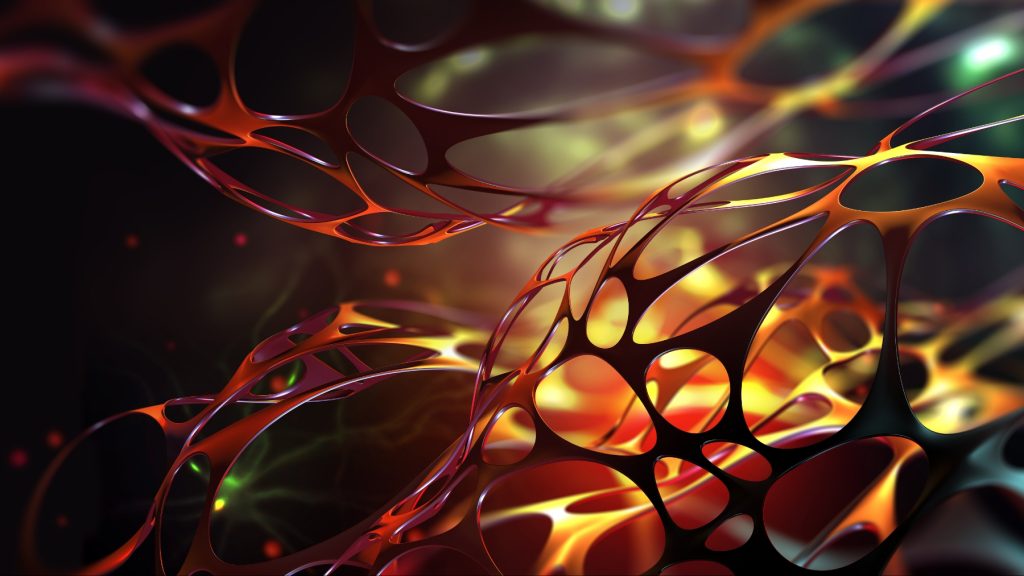 The First 3D-Printed Brain Tissue in the World
The First 3D-Printed Brain Tissue in the World Researchers at the University of Wisconsin-Madison in the USA have successfully mimicked the structure and function of real human brain tissue through a 3D-printed tissue, offering new possibilities and implications for developing brain disorders, like Parkinson’s and Alzheimer’s. This is a world first.
The printed tissue holds neurons and glial cells, which are the two main cell types found in the brain. They’re cells that can connect, grow, and transmit signals in the same way as neurons in the human brain. Researchers were able to use the printed tissue to study the response of the brain cells to drugs and injuries.
Surviving Brain Cells
Using bioprinting technology, researchers used a biocompatible hydrogel ink that contains living cells to precisely mimic the desired brain structure. The horizontal printing method is involved to allow the survival of the cells and the network formation of them, unlike vertical printing. To assess the functionality of printed tissue, there are various techniques that researchers can depend on, like electrophysical recordings to measure electrical activity to evaluate neuron communication. They can observe how neurons respond to stimuli through what is called calcium imaging, and can visualize the connection and the structure between the cells via microscopy.
“The tissue still has enough structure to hold together but it is soft enough to allow the neurons to grow into each other and start talking to each other,” explains neuroscientist Su-Chun Zhang, senior author of a new paper describing the research.
“Even when we printed different cells belonging to different parts of the brain, they were still able to talk to each other in a very special and specific way.”
Simply, the 3D Tissue
The 3D bioprinting method utilized in the research can be accessed in many labs, thus requiring no specific or special bioprinting equipment, making the tissue easily maintained by standard laboratory equipment. This shows the significance and the efficiency of technology, where nothing complex is needed to showcase such a breakthrough in creating more accurate models of brain diseases and to test new drugs more proficiently prior to providing it humans’ steps. Future wise, the 3D-printed tissue may be used to repair damaged brains in patients.
“It can be used to look at the molecular mechanisms underlying brain development, human development, developmental disabilities, neurodegenerative disorders, and more,” Zhang explains.
Inside Telecom provides you with an extensive list of content covering all aspects of the Tech industry. Keep an eye on our Medtechsection to stay informed and updated with our daily articles.